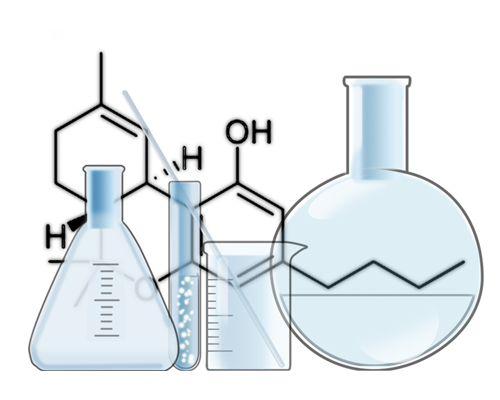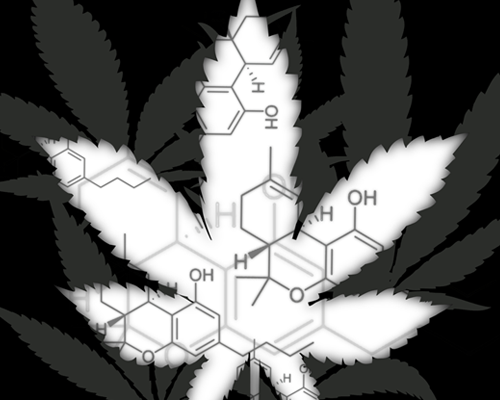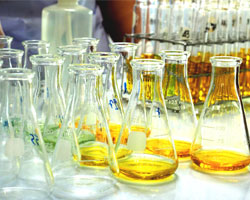


Research & Development
There's been a lot of interest in turning less than appealing concentrates into a quality product. Standardizing a method to produce a consistent product is important for all manufactures.
Most Manufacturers use the following. This method is not recommend but is for information & educational purposes only:
The basic work flow prior to distillation is very important. There are two steps that must be completed prior to short path; winterization and decarboxylation.
Winterization:
Dissolve the extract in 190-200 proof ethanol at a 10:1 to 15:1 ratio depending on particulate load. Chill to at least -40c but ideally -80c for 24 hrs. Filter in a buchner funnel using filters on top of 2um fast flow filter paper. Distill alcohol in a still or rotovap.
Quick winterization:
Short Path distillation equipment:



